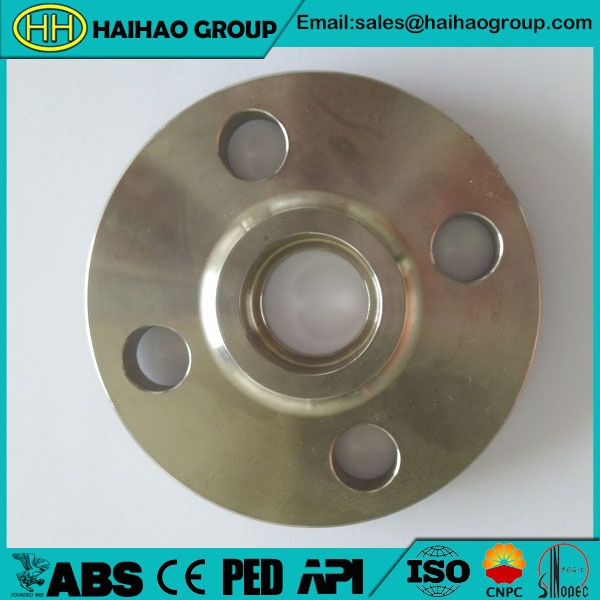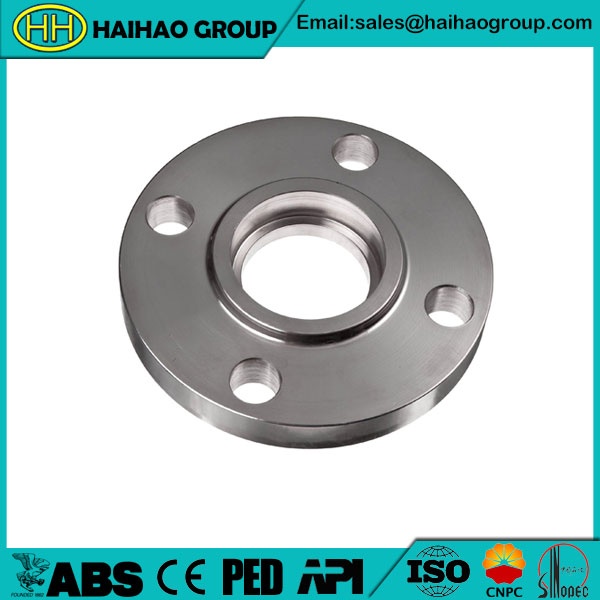Socket Weld Flanges were initially developed for use on small-size high pressure piping. Their static strength is equal to Slip On flanges, but their fatigue strength 50% greater than double-welded Slip On flanges.
The connection with the pipe is done with 1 fillet weld, at the outside of the flange. But before welding, a space must be created between flange or fitting and pipe.ASME B31.1 1998 127.3 Preparation for Welding (E) Socket Weld Assembly says:
In assembly of the joint before welding, the pipe or tube shall be inserted into the socket to the maximum depth and then withdrawn approximately 1/16″ (1.6 mm) away from contact between the end of the pipe and the shoulder of the socket.The purpose for the bottoming clearance in a Socket Weld is usually to reduce the residual stress at the root of the weld that could occur during solidification of the weld metal. The image shows you the X measure for the expansion gap.

Socket Weld Flanges are similar to slip-on flanges, however, socket welds have an internal recess on the inside diameter to allow for a smoother flow of the process fluid. The positive of this is that is creates a smooth bore with the proper welding and grinding. The negative of this type of flange is that it can be more expensive than a slip-on due to more intricate machining, and they can be less readily available than slip-ons due to the fact that the bottom half of the inside diameter must be made to the same schedule as the pipe that is being used. (you must specify the schedule needed) These socket weld flanges were initially developed for use on smaller sizes of pipe at higher pressure ratings. They are more used on lower pressure temperature as well today.



